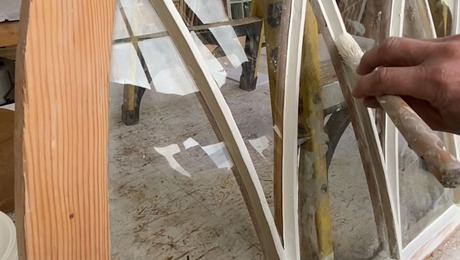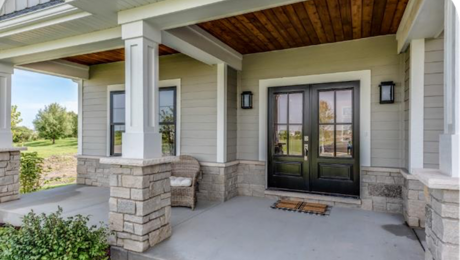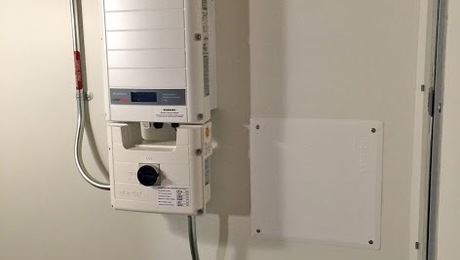Treating PT end cuts in a sealed crawl space?
What products are you using to treat the end cuts on PT sill plates when building a house with a sealed crawlspace (or basement)?
The product at the link below, while effective, might not be suitable due to toxic fumes.
http://www.amazon.com/Green-Products-210-328-Preservative-Copper/dp/B003VKK44I
Thanks!
GBA Detail Library
A collection of one thousand construction details organized by climate and house part









Replies
Bill,
Most builders don't treat the end cuts of pressure-treated lumber.
What is the reason that you are considering doing so? Is it (a) to lower the risk that chemicals will off-gas from the cut end of the lumber, or (b) to increase the rot-resistance of the lumber at a vulnerable area?
The chemicals that PT lumber is treated with has been shown to be at effective concentrations in the lumber only near the surface, and at much lower pcf deeper in the member, thus, and end cut becomes a vulnerable area.
This sealed crawl space will have a continuously running fan to exhaust the code specified cfm of air from the crawl space.
Also I could caulk any treated butt joints, and then tape the joints.
Your thoughts?
Bill,
You're right, and I've read about the vulnerability of cut ends.
Nevertheless, most builders don't treat the cut ends of PT lumber, especially when your are talking about a mudsill. The location you are talking about (a mudsill) isn't particularly vulnerable; after all, the lumber (a) isn't buried below grade and (b) is probably separated from the damp concrete by a layer of closed-cell foam sill seal.
Good points. Termites are my major concern. And I will be using old fashioned termite shields with the foam sill seal on top of that. Then the entire band joist area will be sprayed with BoraCare.
Probably best not to risk the indoor air quality.
Thanks!
Bora Care has been IRC approved for end cuts. From Nisus website:
• 2006 International Residential Code (IRC):
– Sections R320 & R320.2, Protection Against Subterranean Termites
– Field-applied wood treatments such as Bora-Care for new construction are allowed.
END-CUT REQUIREMENTS ON PRESSURE-TREATED WOOD
• 2006 IRC & the American Wood Preservers’ Association (AWPA):
– 2006 IRC, Section R319.1 Protection Against Decay (R319.1.1 & R320.1.2 Field Treatment of End Cuts)
– AWPA Standard M4: a preservative must be applied to any end cut on pressure treated wood to prevent decay
and infestation.
– Because of its thorough penetrating action and residual power, a Bora-Care application meets the IRC and
AWPA requirements for end-cut treatments on pressure-treated wood.
– Bora-Care is the only pretreatment product that complies with these requirements.